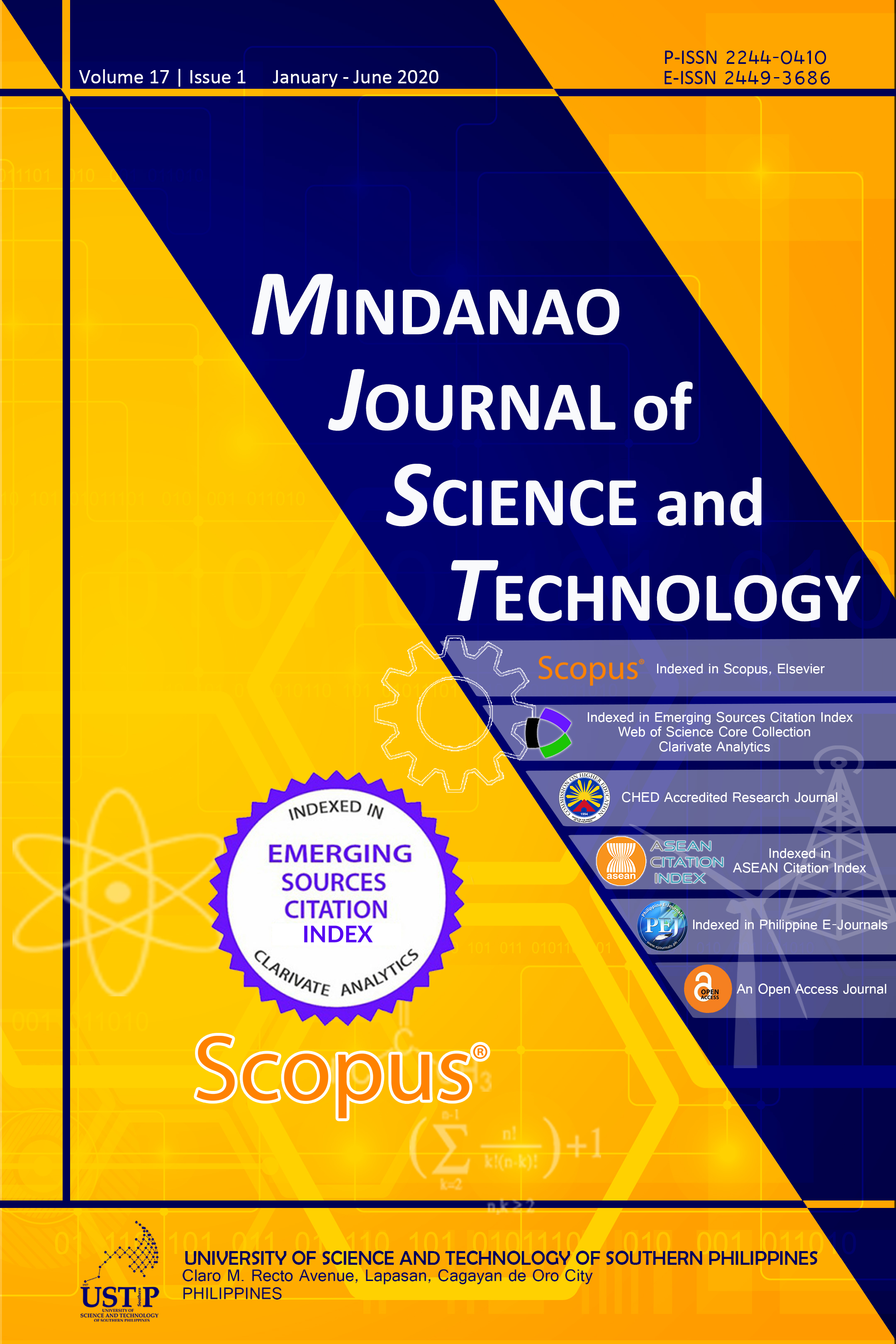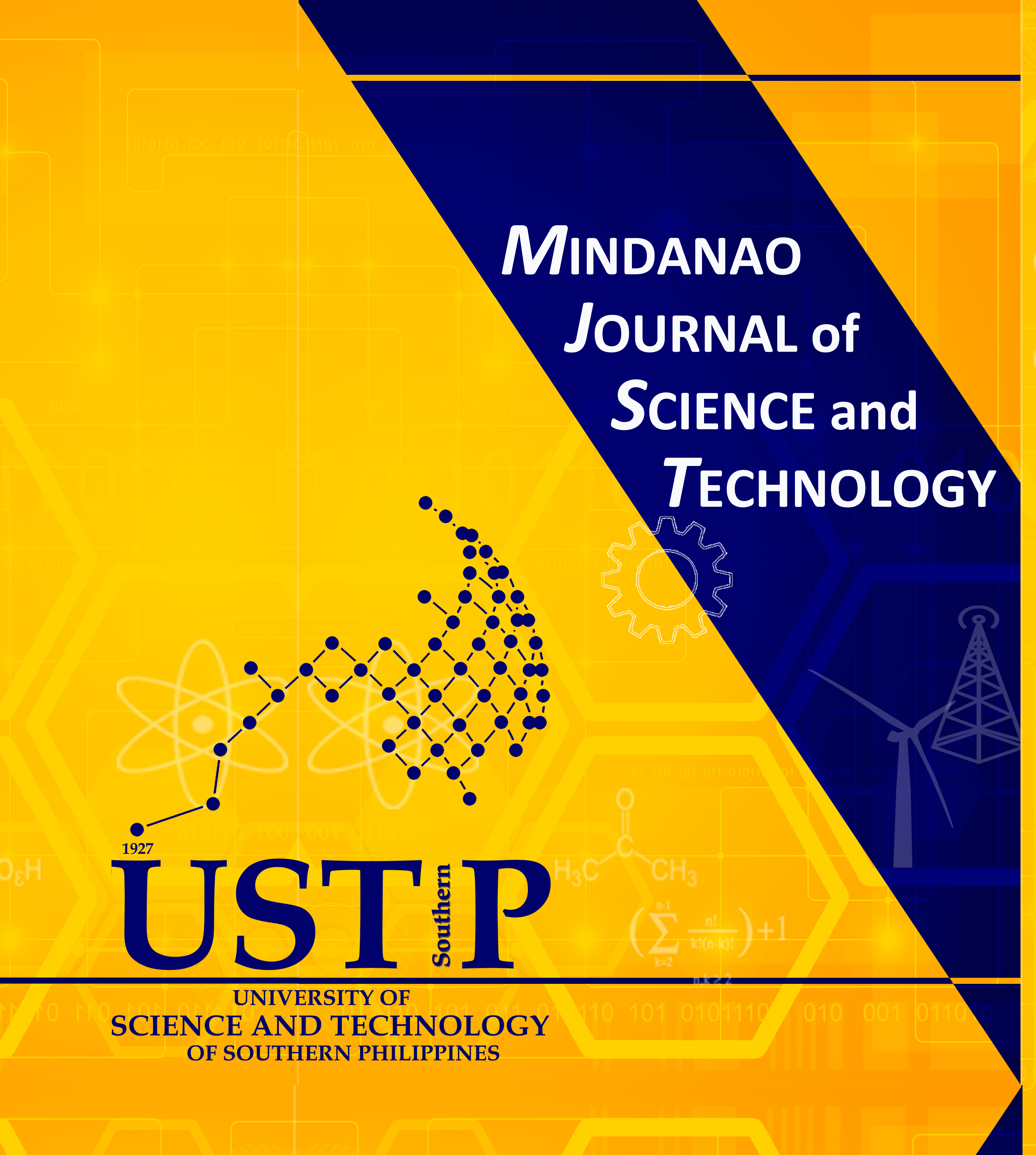Landscape and Soil Characteristics of LandslideAffected Cadac-an Watershed in Leyte, Philippines
Keywords:
degradation, watershed, Philippine fault zone, geomorphology, land useAbstract
The continuous and increasing degradation problem in Leyte watershed due to landslide occurrences explains the importance of the characterization of these areas. Hence, this study was carried out to characterize the landscape and soil properties in the landslide-prone watershed. Landslide cuts, serving as representative soil profiles in Cadac-an watershed, were used for examination and characterization. Among the landscape characteristics determined were fault line, geomorphology and land use. Profiles were sampled for the analyses of soil properties such pH (Potentiometric method), percent organic matter (OM) (loss of weight on ignition), available phosphorus (P) (Olsen extraction method), cation exchange capacity (CEC) (ammonium acetate method) and exchangeable bases: calcium (Ca), magnesium (Mg), sodium (Na), and potassium (K). Cadac-an watershed was observed to be dominated by andesitic materials characterized by the presence of the active Leyte segment of the Philippine Fault. It is rugged and mountainous with brushes and grasses as the dominant vegetation. Generally, soils from the landslide areas in Cadac-an watershed had a very strongly acidic to moderately alkaline pH, high to low OM and P content, very high to low CEC, high to low exchangeable K, Ca and Mg, and low exchangeable Na.










